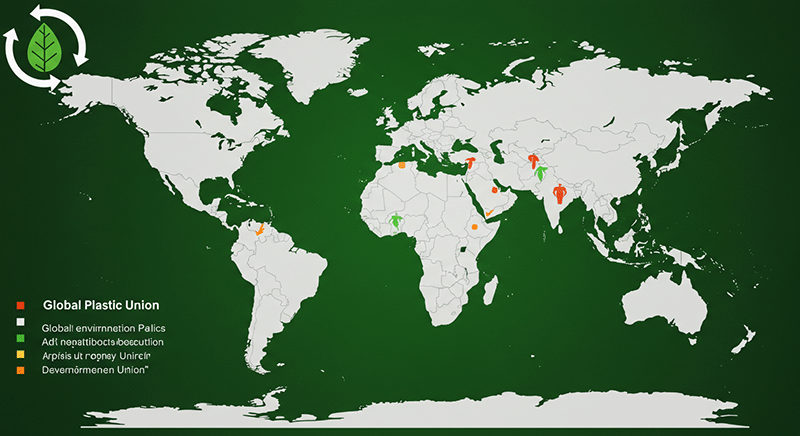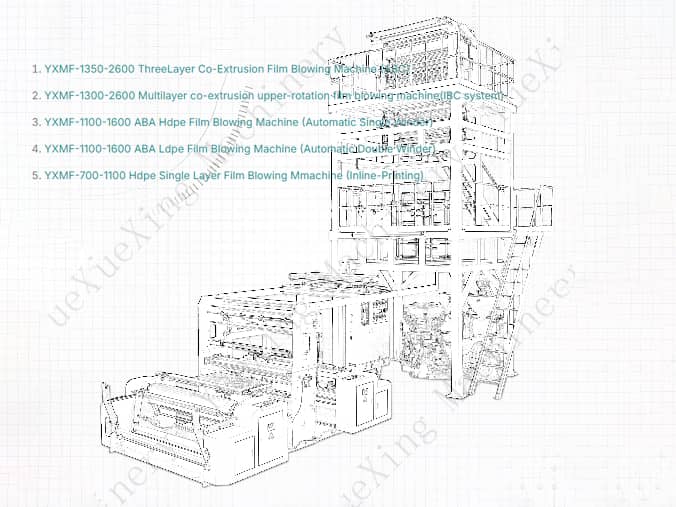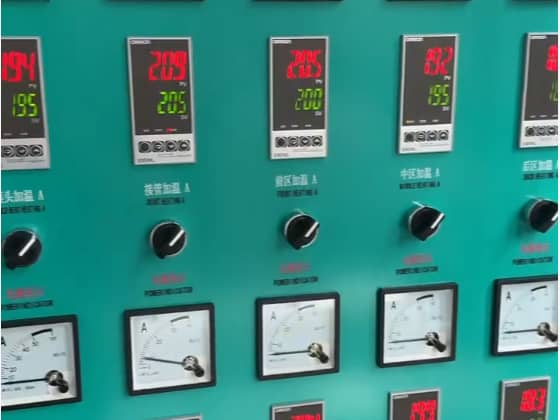Degradable Plastic Packaging: The Future of Eco-Friendly Packaging
2025-07-31In today's society, plastic packaging bags and film products are nearly ubiquitous. With the rapid growth of e-commerce, online shopping has become a vital part of daily life. Whether buying clothing, food, daily necessities, or kitchen utensils, merchants often rely on lightweight, inexpensive plastic bags for packaging and shipping. However, the growing environmental pollution caused by traditional plastic products has accelerated the global search for sustainable alternatives. Against this backdrop, degradable plastic packaging is becoming a key development direction for the future of the packaging industry.

The Dilemma of Traditional Plastic Packaging
In the past, plastic packaging was often made of multi-layer composite materials. While offering excellent sealing and durability, recycling poses significant challenges. Because different film materials are difficult to separate, the recycling process requires complex peeling and sorting steps, resulting in high costs and low efficiency. A large amount of discarded plastic ends up in landfills or in the natural environment. Not only is it difficult to degrade, it also breaks down into microplastics, causing long-term damage to soil, water sources, and ecosystems.
The Rise of Degradable Materials
To address this challenge, many countries have begun promoting environmentally friendly alternatives. For example, China has been phasing out traditional plastic products in many areas: supermarket shopping bags are being replaced with biodegradable bio-bags, takeout packaging is using non-woven fabrics or plant-based fiber materials, and plastic straws are being replaced with paper straws. These biodegradable products are primarily made from bio-based materials such as corn starch and PLA (polylactic acid), and are manufactured through a specialized process. They retain the practicality of traditional plastics while naturally decomposing into water and carbon dioxide, significantly reducing the environmental impact.
Global Environmental Trends and Technological Challenges
Despite significant success in promoting biodegradable plastics, their widespread adoption still faces several obstacles. First, high production costs result in a slightly higher end-use price than regular plastics. Second, in some regions, inadequate degradation conditions (such as industrial composting facilities) may affect their effectiveness. Furthermore, environmental policies and enforcement efforts vary across countries. For example, the EU has implemented a "plastic ban" to mandate a reduction in the use of single-use plastics, while some developing countries still rely on traditional plastics. In the future, with technological advancements and large-scale production, the cost of biodegradable materials is expected to further decrease. At the same time, countries need to strengthen international cooperation to establish unified degradation standards and recycling systems.
Conclusion
In the long run, the widespread use of biodegradable plastic packaging will be a key step in addressing "white pollution." It not only aligns with the development of a circular economy but also provides consumers with a more environmentally friendly option. With policy support, technological innovation, and rising public awareness of environmental protection, green packaging is poised to become a mainstream trend in global industrial development, contributing to the sustainable development of the planet.
Previous:Common Issue in Blown Film Machines: Poor Winding Quality




